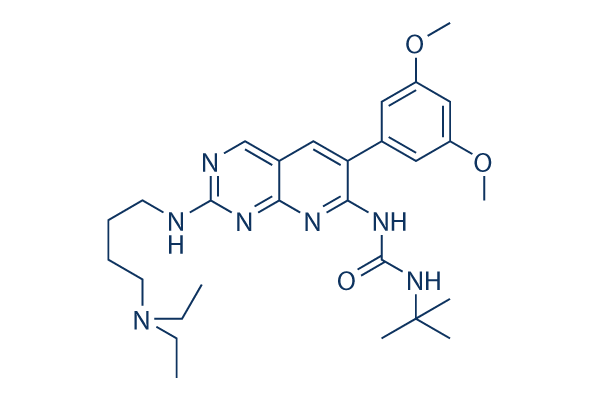clavigera, implementing selective media to favour the detection of fungal genes expressed inside the presence of oleoresin, a single on the important host tree defense mechanisms towards fungal patho gens, This review described 5,974 EST fragments and their preliminary func tional examination was in general focused on those genes implicated in fungal development within the host and patho genicity. Similarly, an EST library for O. piliferum was constructed by culturing the fungus on unique carbon sources to get a total of 9,589 EST fragments, this species continues to be regarded for industrial applications, including the bio pulping approach, Useful insights into gene households linked to virulence and development inside the host for O. novo ulmi can be obtained by reviewing the EST data for G. clavigera and O. piliferum.
Molecular mechanisms hop over to here underlying Dutch elm sickness were a short while ago studied using the construction of an interaction cDNA library, by means of suppression subtractive hybridization from elm callus tissue following inoculation with O. novo ulmi. Fifty three up regulated Elm host certain exceptional transcripts have been identified, which includes genes coding for recognized courses of pathogenesis related proteins, Tactics for detecting genes that influence virulence in O. novo ulmi The NCBI public database for submitted fungal EST sequences contains a complete of 2,909,255 entries for 216 species, with 1,931,468 entries for 134 species of asco mycetes alone, Amid the ascomyce tous species, there are actually a variety of phytopathogens that have been the subject of genome sequencing projects, many of which are on the market in public databases, In our efforts to indentify unique fungal genes relevant to pathogenicity, two common tactics are actually followed in studies of O.
novo ulmi. We have considered other phytopathogenic ascomycete species since the most rele vant group of organisms that may share common genes of value for the host infection procedure, likewise as dimorphic species of ascomycete pathogens that undergo radical modifications in selleck chemicals morphology upon host infec tion.
A comparison of gene inventories for filamentous pathogenic and non pathogenic ascomycetes identified a set of gene families that appear to have increased in diversity in excess of evolutionary historical past and may possibly perform a purpose in pathogenicity, Genes noticed in phytopathogenic  fungi are certainly not always one of a kind to pathogen species, but have developed a higher diversity of related genes for specialized functions of a pathogenic lifestyle, when in comparison to homologues which are uncovered in non patho genic species, These specialized functions can contain the manufacturing of secondary metabolites, the skill to work with a vari ety of dietary substrates, phenotypic plasticity and complex signal ling pathways relevant on the infection course of action, Ophiostoma novo ulmi exhibits mycelial and yeast like development phases at distinct phases of development and infec tion of your host elm.
fungi are certainly not always one of a kind to pathogen species, but have developed a higher diversity of related genes for specialized functions of a pathogenic lifestyle, when in comparison to homologues which are uncovered in non patho genic species, These specialized functions can contain the manufacturing of secondary metabolites, the skill to work with a vari ety of dietary substrates, phenotypic plasticity and complex signal ling pathways relevant on the infection course of action, Ophiostoma novo ulmi exhibits mycelial and yeast like development phases at distinct phases of development and infec tion of your host elm.
Jakenzyme
Biological groups is various
